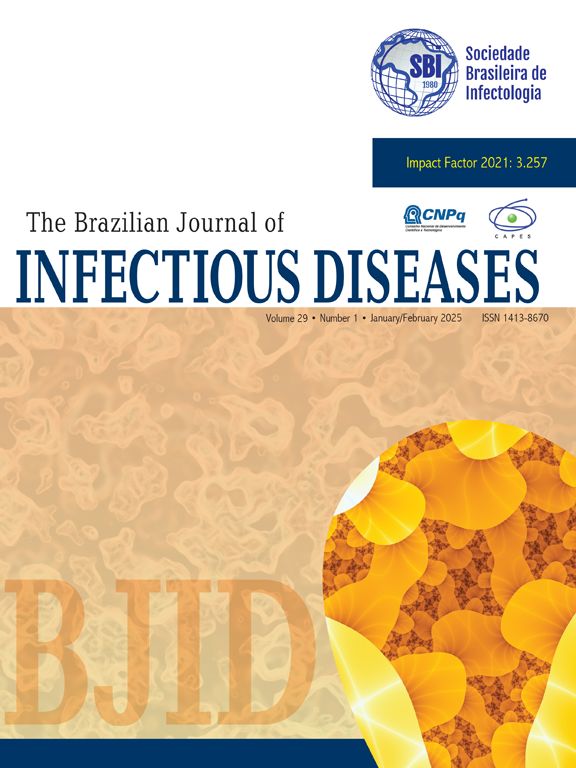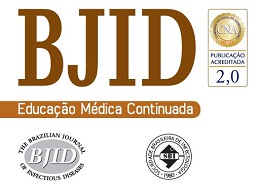The incidence of sexually transmitted diseases among adolescents is increasing worldwide. Genital Chlamydia trachomatis infection is one of the most prevalent sexually transmitted diseases in young women, and undetected disease is highly associated with long-term complications in women. Our goal was to determine the prevalence of cervical Chlamydia trachomatis infection in a sexually active population of female adolescents from Salvador, Brazil, and to describe their socio-demographic, behavioral, and clinical characteristics. 100 sexually active adolescents (10–19 years) were included in this study, between 2008 and 2010. Endocervical samples were obtained during gynecological examination. Inhouse polymerase chain reaction of cervical specimens was used for Chlamydia trachomatis detection. The overall prevalence of cervical Chlamydia trachomatis infection was 31% (95% CI 22–40). There were no statistically significant differences in the age at first sexual intercourse, number of sexual partners, and frequency of condom use between Chlamydia infected and uninfected adolescents. The prevalence of cervical Chlamydia trachomatis infection among adolescents from Salvador was the highest in Brazil up to the present date. These results demonstrate an urgent need for continued and comprehensive prevention strategies along with proper screening for Chlamydia in high-risk populations in order to decrease the rates of infection.
The Impact Factor measures the average number of citations received in a particular year by papers published in the journal during the two preceding years.
© Clarivate Analytics, Journal Citation Reports 2025
SRJ is a prestige metric based on the idea that not all citations are the same. SJR uses a similar algorithm as the Google page rank; it provides a quantitative and qualitative measure of the journal's impact.
See moreSNIP measures contextual citation impact by wighting citations based on the total number of citations in a subject field.
See more



